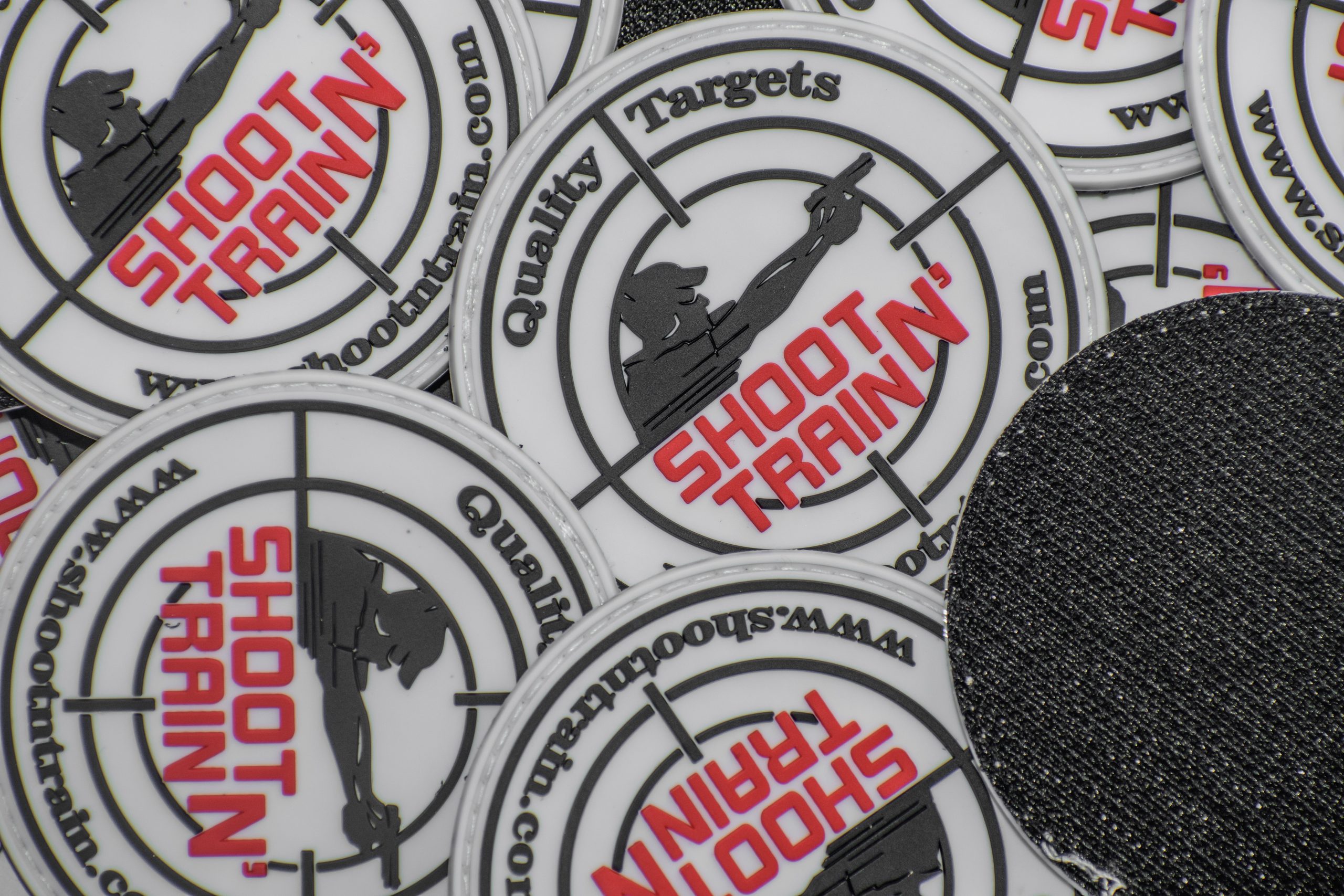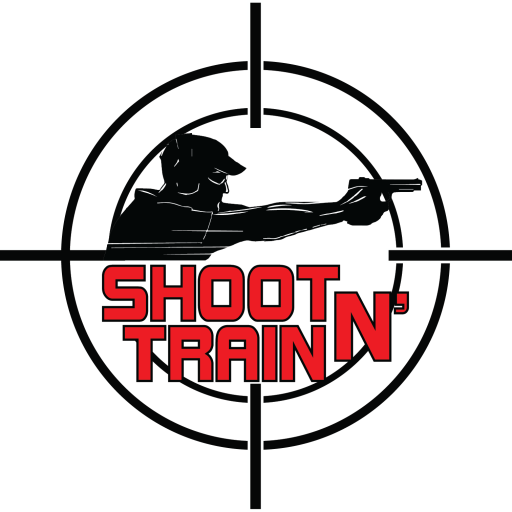Introduction
In the world of shooting sports, IPSC (International Practical Shooting Confederation) is a popular and exhilarating discipline that evaluates the speed, accuracy, and mental agility of rivals. One of the crucial elements in IPSC is the effective usage of targets. These targets play a vital role in difficult shooters and developing a vibrant and appealing experience. In this post, we will delve into the psychology behind efficient IPSC targets, analyzing how they impact the shooter's performance and general competitors experience.
The Value of IPSC Targets
IPSC targets are not mere pieces of paper or cardboard. They are thoroughly created to simulate real-life scenarios, making shooters respond rapidly and make split-second decisions. Efficient IPSC targets are vital for producing a difficult environment that evaluates both physical skills and psychological fortitude.
Enhancing Concentration and Focus
IPSC targets are tactically put to require continuous attention from shooters. By presenting different shapes, sizes, and scoring zones, these targets require competitors to focus on their strategy, precision, and sight alignment. This intense focus helps shooters develop an increased level of concentration that can be transferred to other locations of life.
Building Decision-Making Skills
In IPSC competitions, shooters face multiple targets with different scoring zones. To optimize their points while minimizing time charges, competitors should make quick decisions on which target to engage first https://betactical.s3.eu.cloud-object-storage.appdomain.cloud/btactical/uncategorized/the-impact-of-ipsc-competitors-on-target.html and where to aim precisely. This decision-making procedure under pressure boosts vital thinking skills and trains people to analyze circumstances rapidly.
Testing Response Time
IPSC targets typically include moving or disappearing components to imitate real-world scenarios where threats may be dynamic or fleeting. By engaging with these reactive targets, shooters train their reflexes and refine their ability to react promptly to changing situations. The hectic nature of IPSC competitors difficulties individuals to make split-second decisions while maintaining accuracy.
The Style Principles Behind Effective IPSC Targets
To really comprehend the psychology behind effective IPSC targets, it is crucial to examine the style concepts that make them impactful. Here are some key aspects that contribute to creating appealing and difficult IPSC targets:


Clear Scoring Zones
Effective IPSC targets have actually plainly defined scoring zones, which are usually represented by various shapes and colors. These zones demand shooters to aim specifically and hit specific areas to optimize their score. By providing instant feedback on shot placement, these targets help shooters enhance their accuracy and develop muscle memory.
Varying Trouble Levels
IPSC competitions accommodate shooters of all ability levels, from newbies to experienced specialists. Effective targets must accommodate this variety by offering varying problem levels. This makes sure that competitors are properly challenged while still providing a sense of accomplishment and progression.
Realistic Shapes and Sizes
To simulate real-life scenarios, effective IPSC targets often feature sizes and shapes that mirror possible hazards or obstacles. By presenting these components, shooters should adjust their shooting strategies to engage with targets representing various things or individuals. This includes a component of realism and unpredictability to the competition.
Reactive Elements
Static targets can just offer restricted difficulties. Effective IPSC targets integrate reactive elements such as moving parts or vanishing areas, imitating real-world characteristics. Shooters need to quickly recognize and engage these reactive elements, improving their capability to react promptly while preserving accuracy.

FAQs about Effective IPSC Targets
Q: Why are IPSC targets made of paper or cardboard?- A: Paper and cardboard are cost-effective materials that supply suitable resistance for bullet effect while permitting easy scoring.
- A: Yes, IPSC has rigorous guidelines for target placement to make sure fairness and security for all competitors.
- A: Yes, various divisions within IPSC may have particular requirements for targets based on the firearms utilized and the level of competition.
- A: Yes, many producers use customizable IPSC targets to match specific training needs and simulate particular scenarios.
- A: The difficult nature of IPSC targets forces shooters to get rid of stress, pressure, and diversions, ultimately developing psychological resilience.
- A: Security is critical in IPSC. Targets need to be placed in such a way that minimizes prospective risks and makes sure a safe shooting environment.
Conclusion
Effective IPSC targets are not simply stationary things; they have a profound effect on the psychology of shooters. By improving concentration, constructing decision-making skills, and testing response time, these targets produce an appealing and challenging experience for rivals. Understanding the style principles behind effective IPSC targets permits us to value their function in shaping the frame of mind and performance of shooters in this thrilling discipline. So, whether you're a skilled shooter or someone interested in exploring the world of competitive shooting, the psychology behind reliable IPSC targets provides important insights into this dynamic sport.